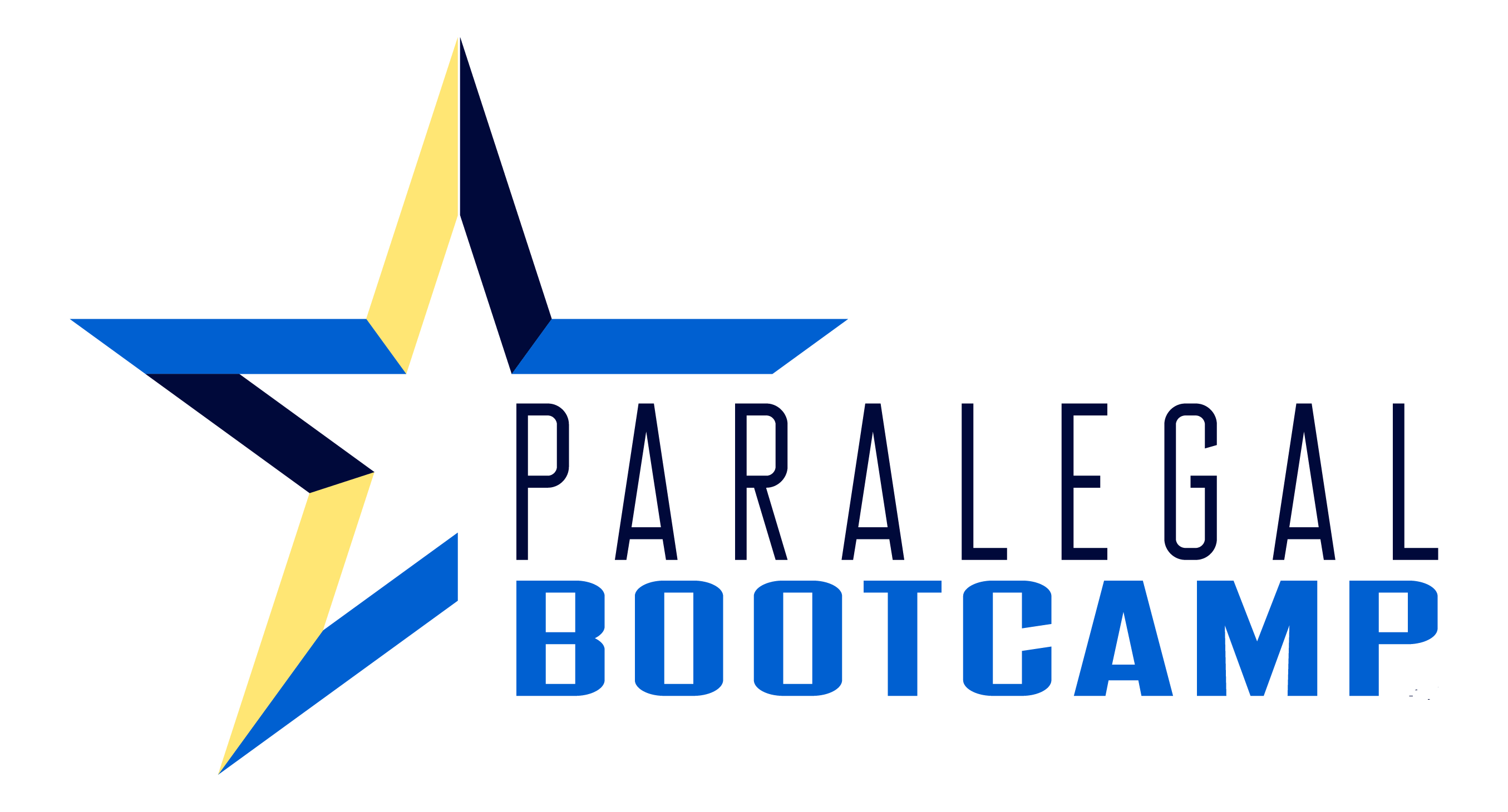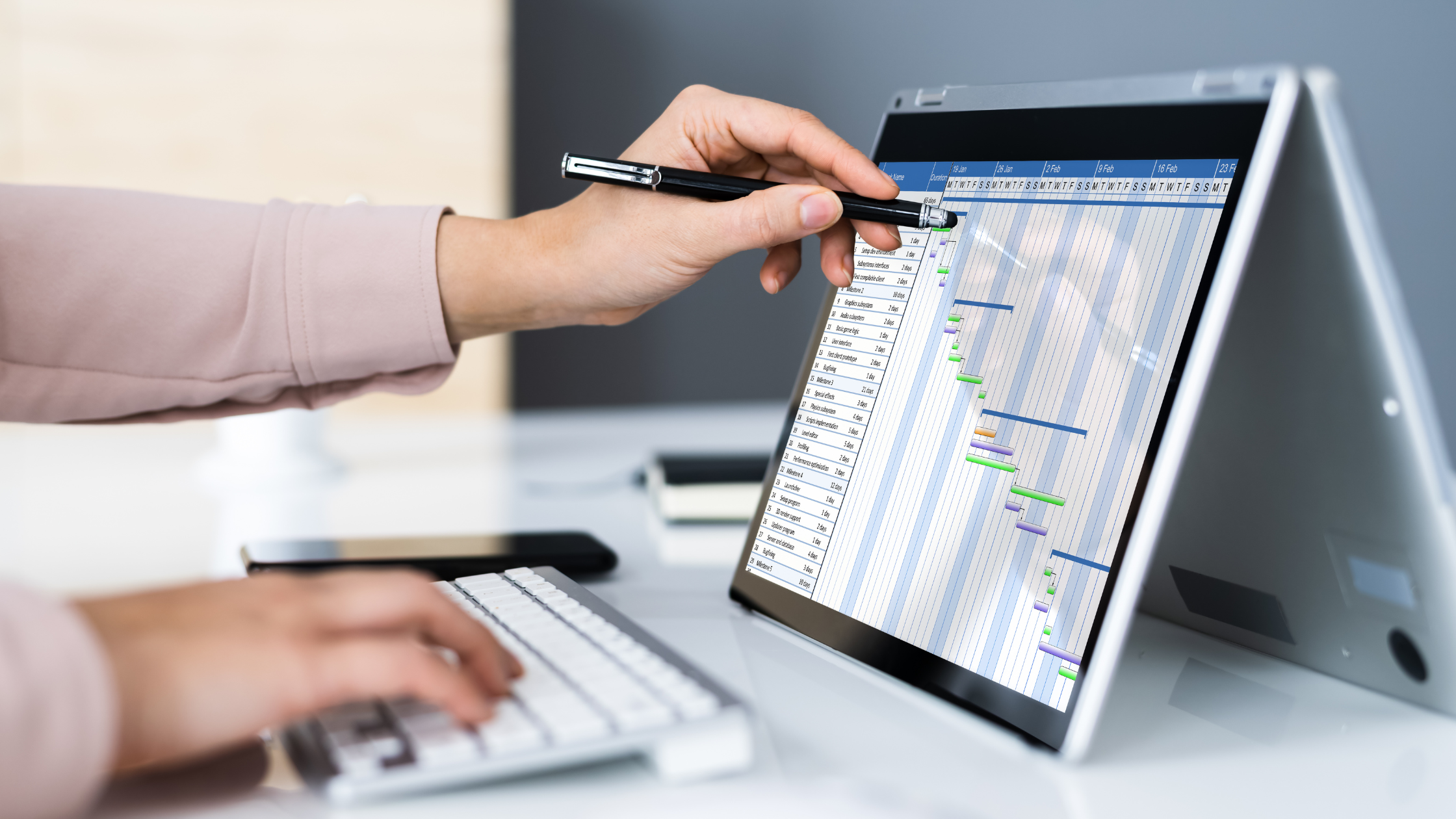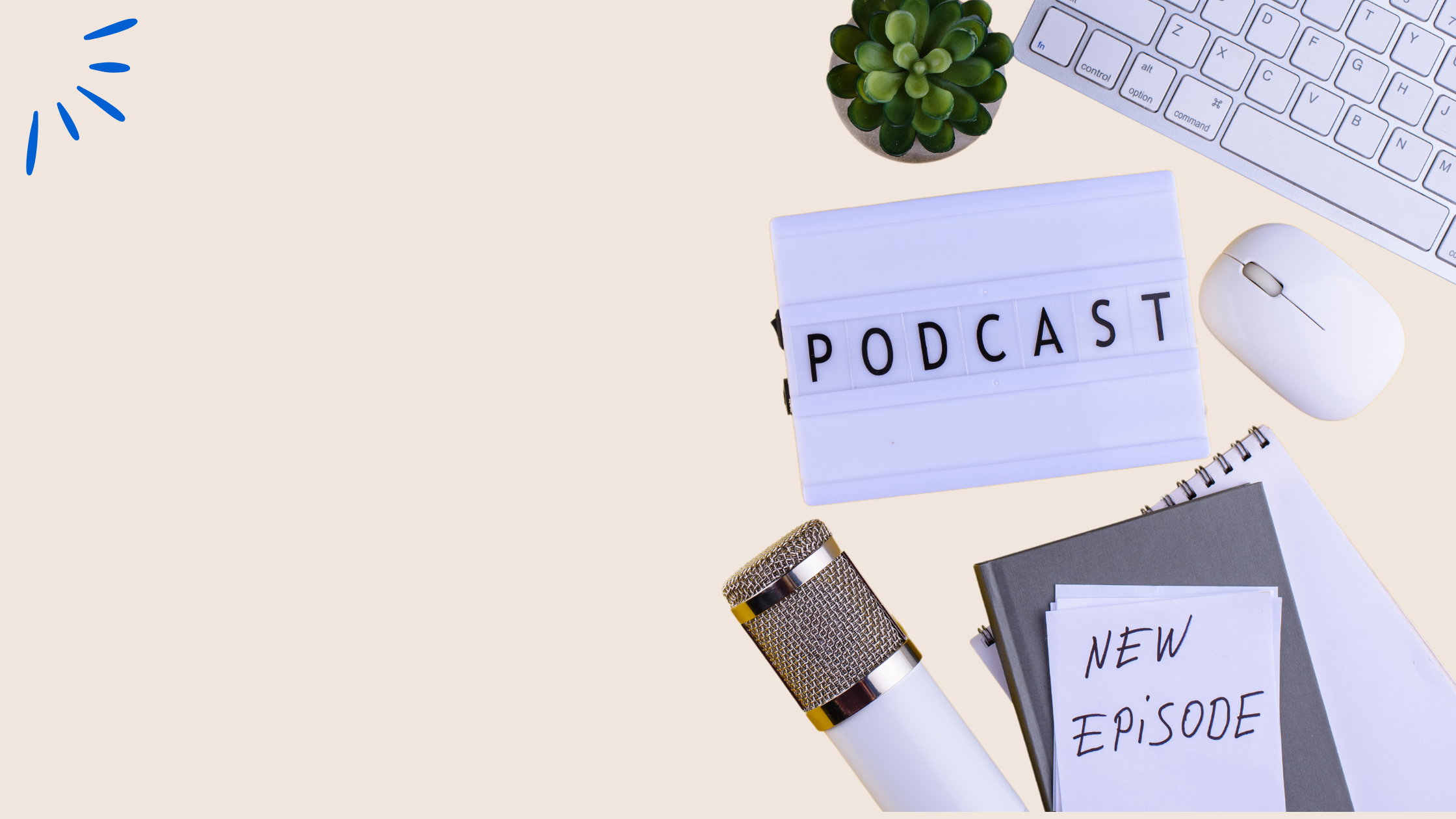The Personal Injury Paralegal Role Can Vary Greatly
The role of a personal injury paralegal is quite unique within the spectrum of paralegal roles. The paralegal job responsibilities for those working within the personal injury field can be both challenging and rewarding.
Those seeking this type of paralegal position must be driven, highly organized, and excellent communicators. Learn the 8 Steps to Be the Rockstar Paralegal here.
A personal injury paralegal’s role can vary greatly depending on the business model and staffing model of the law firm.
Some personal injury law firms prefer to separate the paralegal job functions into departments that focus on either the pre-litigation phase of a personal injury claim and then hand off the file to a litigation paralegal, or they have their paralegals work on a file from case intake all the way through trial.
If the departments have separate functions, the job titles might look like this:
- Case Intake Manager
- Case Manager
- Litigation Paralegal
In this example, if you work in the Case Intake department, your primary function is to handle incoming phone calls from prospective clients, attend new client meetings, interview the clients, and gather the initial documents related to the claim.
Then the file gets handed off to a Personal Injury Paralegal Case Manager whose primary function is to manage the claim file through the pre-litigation phase. That would involve requesting and reviewing medical records, working with the claims adjuster and preparing the demand letter. If the claim does not settle after the demand letter, then a civil action gets filed with the court and the Litigation Paralegal takes over the file.
While this segmented version works well for some firms, other firms prefer to have their personal injury paralegals work the file from case intake all the way through trial. There are pros and cons to each model.
Regardless of the firm’s staffing model, a personal injury paralegal should be comfortable in all aspects of case management and be prepared to wear many hats. Let’s look at a few of the most common hats that the paralegal might wear in their role as a personal injury paralegal.
Get tips on how to be a successful personal injury paralegal.
Personal Injury Paralegal Boot Camp
As a personal injury paralegal, you have an important role in the pre-litigation phase of your claim files.
But where do you even start when you’re managing 80+ active files?
This online course will give you all the tools to manage that heavy case load. It walks you through every phase of your personal injury claim files, from the case intake through the demand package and more.

1 – The Liaison
Personal injury paralegals are the liaison between the clients, attorneys, claims adjusters, medical providers, court personnel and law firm vendors (just to name a few!). They must be highly observant and excellent communicators because they are the main point of contact for so many people who interact with the law firm. They are essentially the attorney’s right-hand person. Because of this, it is very important for a personal injury paralegal to have excellent communication skills.

The paralegal speaks to the client on a regular basis and has to be empathetic to what a client might be dealing with as a result of some type of injury or traumatic event.
A professional and courteous manner, accompanied by appropriate sensitivity, is important in this role. Keeping the FTFT mindset can help in this liaison role. FTFT is the “first time for them.” In most cases, the client has probably never had to hire a lawyer or file a case in court. They might not understand that the process can take longer than expected. The paralegal can be instrumental in keeping the client updated on the status of their claim.
2 – The Master of Prioritizing
The capacity to organize, prioritize, and re-prioritize is fundamental in the role of a personal injury paralegal. At any given moment, they are likely to be juggling 70-100 active case files in various stages. In order to manage such a heavy workload, paralegals must be able to make use of relevant technology and be masters at prioritizing their workday.
The ability to triage various duties across multiple cases is vital. They will support the attorney by coordinating towards all deadlines and filing requirements. The avoidance of schedule conflicts is a paralegal skill that is critical when you are managing so many files and so many deadlines.
Personal injury paralegals can be involved in all levels of evidence collection, planning, preparation, and negotiation over the course of a personal injury case.
While the majority of cases will result in a settlement, some will go to trial. The personal injury paralegal has to balance a large number of claim files and responsibilities – all at differing stages – while maintaining excellent standards and consistent accuracy.
3 – The Proactive Personal Injury Case Manager
The role of a personal injury paralegal is diverse when compared with many other paralegal roles.
Each case and each client will be unique, and many cases will provide the rewarding sense that the client’s hardship has been relieved.
Those aspiring to this role will likely be drawn to such diversity. They must also be highly motivated in order to keep each case progressing. This is especially important in a personal injury firm that works on a contingency fee because the law firm is not generating revenue unless cases come to a conclusion.
Proactively moving cases forward will include promptly ordering medical records, and reviewing each record as it comes in.
Paralegals will assess which medical records and bills must be acquired. They may decide when expert witnesses must be called upon to testify over medical issues.
The greater a paralegal’s grasp is of the medical terminology they encounter, the better equipped they will be to proactively manage the cases. They must also maintain a working knowledge of the legal specifics of different forms of injury, and their relevant statutes of limitations.
Get more tips on How to Manage Your Personal Injury Cases.

Organization skills will be helpful for being able to stay on top of your caseload and proactively move them forward.
A typical personal injury claim can involve a variety of documents, including police reports, witness statements, medical records, physician summaries, insurance policies, and more.
The paralegal is the gatekeeper to all of the evidence. This requires solid organization skills and a system that makes it easy to retrieve that evidence at a moment’s notice.
If the personal injury paralegal is working in a law firm that has them working on the same file all the way through litigation, then the paralegal will also take responsibility for organizing exhibit binders, for the purpose of presenting evidence, and reworking them as the case progresses. They will also be drafting pleadings, discovery, correspondence demands, motions, and verdict forms.
For more detail on what a litigation paralegal does, read about What is a Litigation Paralegal.
These are just 3 of the hats that are worn in your position as a personal injury paralegal. To be successful in your paralegal career, remember that the personal injury paralegal role can vary greatly depending on the staffing model of the law firm, the specialty area that the firm focuses on, and how far you want to take your role.
For help managing a heavy caseload, this personal injury course provides you with every checklist and personal injury guide from case intake through filing the complaint.
Meet the Author

Ann Pearson is the Founder of the Paralegal Boot Camp, and host of the Paralegals on Fire! Podcast Show, and passionate about promoting the paralegal profession.
Ann spent 20 years working as a paralegal manager and a litigation paralegal before opening the Paralegal Boot Camp in 2010.
Ann’s training programs focus on adding immediate value to a paralegal’s career and bridging the gap between what a paralegal learns in school and what they actually do on the job.
Visit the About Us Page to learn more about why Ann started the Paralegal Boot Camp.

























